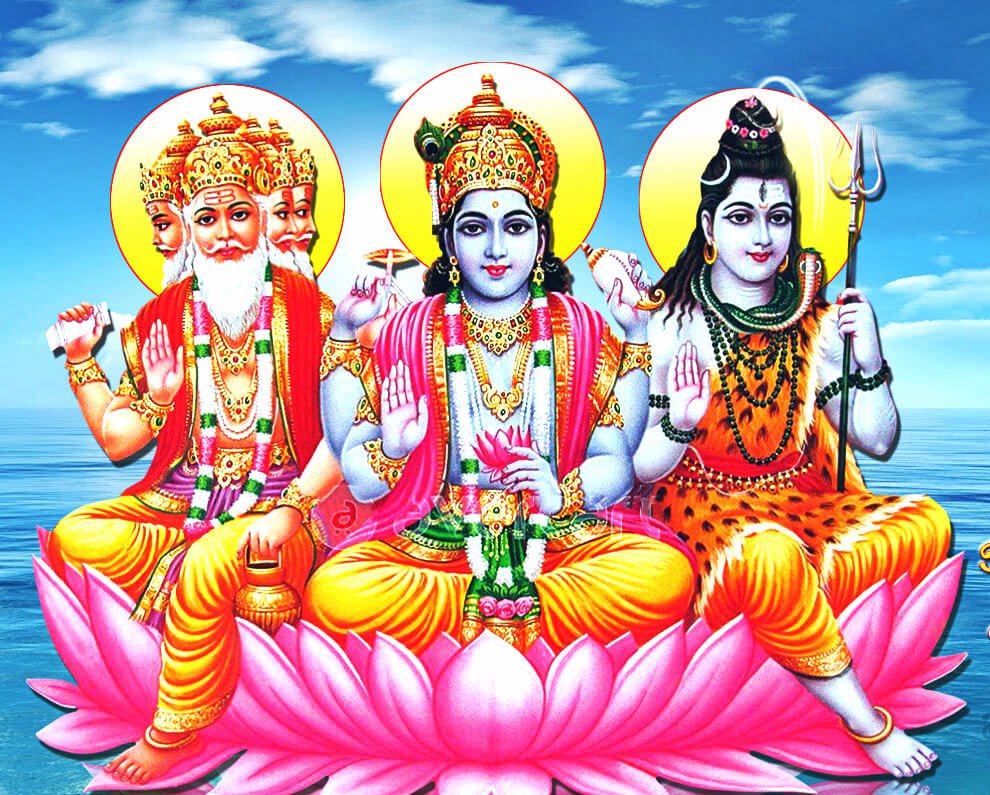25Gupta Empire: Ancient Indian empire dating from the middle of the 3rd century AD to 543 AD having covered much of the Indian subcontinent and been considered by some historians to be a "Golden Age" of India. Source: ZHOU, Daguan, PETER, Harris. “A Record of Cambodia: the land and its people”, Chiang Mai, Thailand, Silkworm Books, 2007.
26 SHARMA, Arvind, BHARATI, Ray, “Classical Hindu Thought: An Introduction” em Essential writingsHermeneutics: studies in the history of religions, Oxford India paperbacks, Oxford University Press, pp. 72, (2000)27 A.L. Basham, “The wonder That Was India” em London: Sidgwick & Jackson, pp.310, (1988)
28Quatro obras, escritas em sânscrito védico que vieram a dar origem ao sânscrito clássico.
29 Os Hindus acreditam que o processo de criação movesse em ciclos e cada ciclo tem quatro grandes yugas, ou épocas,
temporais.
30 Os quatro varnas correspondem às quatro classes sociais: Shudras (trabalhadores e artesãos); Vaishyas (Mercantes,
agricultores e empresários); Kshatriyas (Guerreiros, Policia e administradores); Brahmanas (Sacerdotes, professores e letrados).
31 Também intituladas de ashramas, fases da vida pelas quais um hindu passará idealmente, as fases são: brahmacari (Estudante); Grihastha (Domestica); Vanaprashta (Aquele que mora na floresta) e sannyasi (O mendigo denunciante).
32 Deusa da mitologia Hindu, filha da deusa do sol Savitri e mulher do deus criador Brahma. O termo Savitri é usado para designer um dos mantras mais importantes do Hinduísmo. Fonte: ZHOU, Daguan, PETER, Harris. “A Record of Cambodia: the land and its people”, Chiang Mai, Thailand, Silkworm Books, 2007.
33 Deusa Hindu da aprendizagem e das artes, especialmente da musica. Apareceu inicialmente como a personificação do rio sagrado Sarasvati e também identificada com Vac, a deusa da fala, é mais tarde nomeada a consorte, filha ou neta do deus Brahma. Considerada a deusa padroeira da arte, musica e escrita e como quem inventou a língua do sânscrito. Fonte: ZHOU, Daguan, PETER, Harris. “A Record of Cambodia: the land and its people”, Chiang Mai, Thailand, Silkworm Books, 2007.
34 Fonte: ZHOU, Daguan, PETER, Harris. “A Record of Cambodia: the land and its people”, Chiang Mai, Thailand, Silkworm Books, 2007.
35 SHARMA, Arvind, BHARATI, Ray, “Classical Hindu Thought: An Introduction” em Essential writings Hermeneutics: studies in the history of religions, Oxford India paperbacks, Oxford University Press, pp. 72, (2000)36 Consorte do deus Vishnu. Uma das deusas mais populares na mitologia Hindu sendo conhecida como a deusa da
riqueza e pureza. Fonte: BBC, “Vishnu” em Religions, (2014). Disponível em </ https://www.bbc.co.uk/religion/religions/hinduism/deities/vishnu.shtml
/> acedido em: 21 Novembro 2019
/> acedido em: 21 Novembro 2019
37 SHARMA, Arvind, BHARATI, Ray, “Classical Hindu Thought: An Introduction” em Essential writings Hermeneutics: studies in the history of religions, Oxford India paperbacks, Oxford University Press, pp. 72, (2000)
38 Fonte: ZHOU, Daguan, PETER, Harris. “A Record of Cambodia: the land and its people”, Chiang Mai, Thailand, Silkworm Books, 2007.
39 Parvati em sânscrito significa “Filha da montanha”, trata-se de uma deusa benevolente que de facto nasceu dos Himalaias, também chamada pelo nome de Uma. Fonte: ENCYCLOPEDIA, Britannica, The Editors, “Parvati” em encyclopedia Britannica, Encyclopedia Britannica inc, (2015) Disponivel em:</https://www.britannica.com/topic/Shiva/> acedido em: 21 de Novembro de 2019
40 Também denominado Karttikeya, Kumara ou Subrahmanya, é o deus Hindu da guerra, filho primogénito de Shiva.41 Forma do dançarino cósmico Shiva, representado em metal ou pedra em muitos templos xivaístas, particularmente no Sul da India. Fonte: ENCYCLOPEDIA, Britannica, The Editors, “Skanda” em encyclopedia Britannica, Encyclopedia Britannica inc, (2015) Disponível em: </ https://www.britannica.com/topic/Nataraja/> acedido em 21 Novembro 2019.
42 Aquele que pratica yoga, incluindo os sannyasin ou um praticante de meditação nas religiões indianas. Fonte: A. K. Banerjea, “Philosophy of Gorakhnath with Goraksha-Vacana-Sangraha”, pp. xxiii, 297-299, 331, (2014).
43 Outra forma de designer os “Shudras” no Sistema de castas Hindu, grupo formado por membros da sociedade considerados pelas escrituras bramânicas como “intocáveis” ou “impuros”.
44 SHARMA, Arvind, BHARATI, Ray, “Classical Hindu Thought: An Introduction” em Essential writings Hermeneutics: studies in the history of religions, Oxford India paperbacks, Oxford University Press, pp. 72, (2000)45 ENCYCLOPEDIA, Britannica, The Editors, “Shiva” em Encyclopedia Britannica, Encyclopedia Britannica Inc, (2015). Disponível em: </ https://www.britannica.com/topic/Shiva/> acedido em: 21 Novembro 2019
46 BONNEFOY, Yves, “Asian Mythologies”. University of Chicago Press. pp. 38–39 (1993).

Comentários
Enviar um comentário